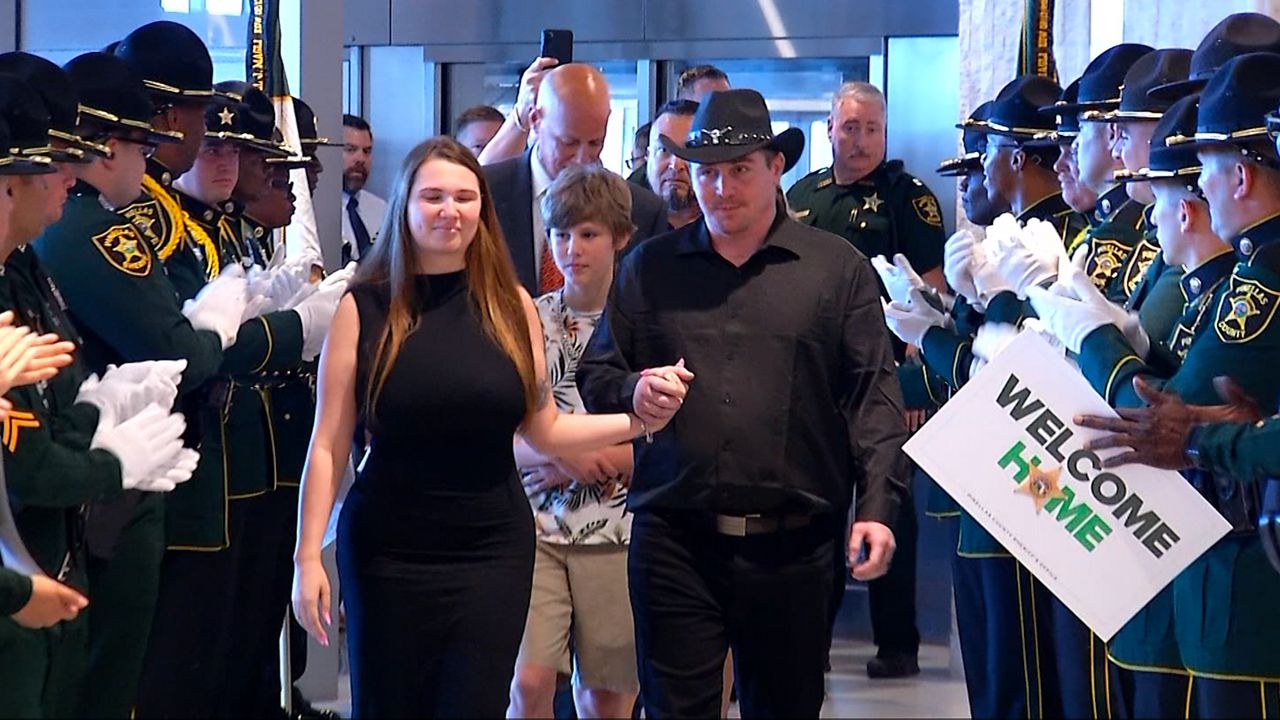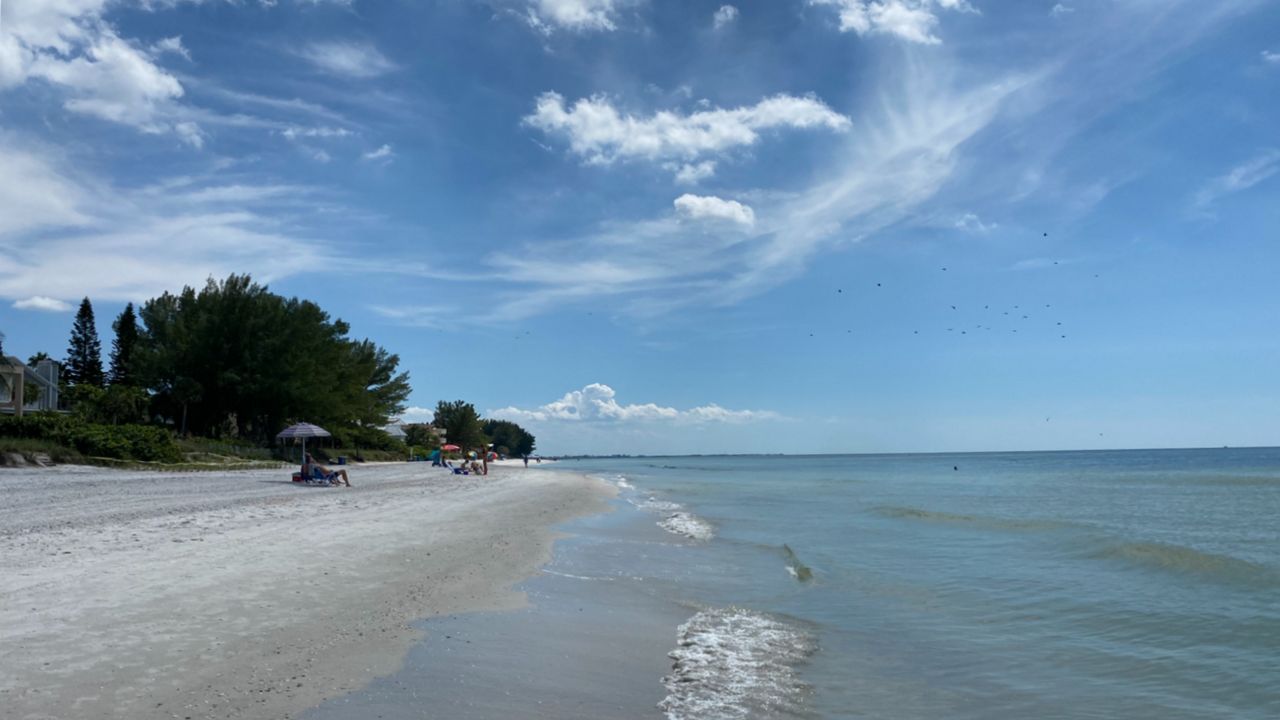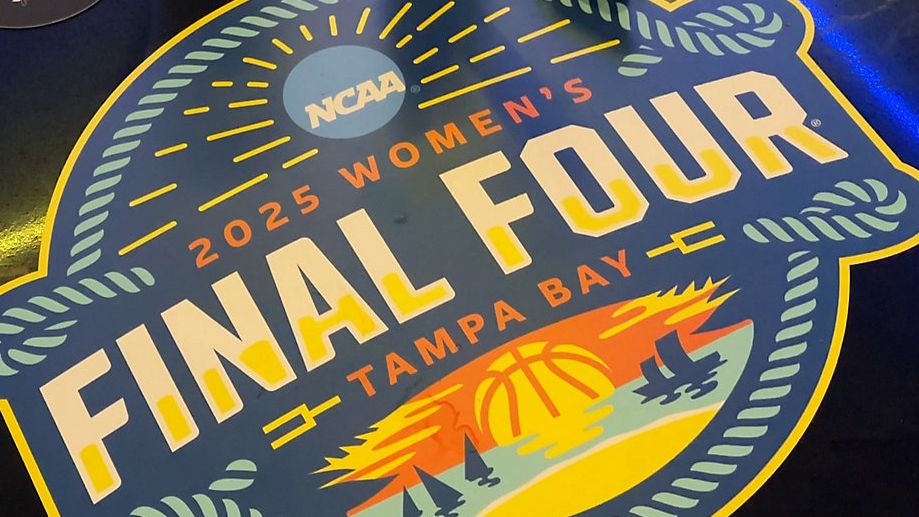TAMPA, Fla. — For as long as Rudra Patel can remember, he's been fascinated by science.
“I was always interested in medicine specifically, but starting in middle school I was really interested in neuroscience,” Patel said.
At 17, Patel has created a device that would allow people with paralysis or motor disabilities to move again without getting invasive surgery. Patel describes NIMBL, which stands for Neurological Interface for Mind Body Linkage, as an external nervous system.
“Let’s say you have paralysis,” Patel explained. “What’s happening is that your brain is still thinking about picking up your arm or clenching your hand or all these different movements. But the electrode signals are not going from your brain to the limb because there’s some damage in the spinal cord.”
NIMBL utilizes a headset that sends electric signals from the brain through an AI algorithm that then tells the body how to move.
“Once it recognizes that you’re thinking about clenching your fist, it sends it to the TENS unit, which is basically a device that controls the electrodes which we put on different muscles around your body,” Patel explained.
It took Patel about seven months to fine-tune the device. Patel, a junior at Middleton High School, is preparing to present NIMBL at the National Stem Festival in Washington D.C. next month. More than 150 students from around the country were selected for the first-ever festival, put on by the Department of Education and EXPLR, a company that makes educational videos.
Patel is thankful to receive the national recognition. He hopes to continue building on NIMBL and one day make the device a commercial product.
“Right now, the cost is only 500 dollars,” Patel said. “That’s significantly cheaper than the hundreds of thousands of dollars that you have to spend for prosthetics, which also require a lot of maintenance, etcetera. So this would be an economically viable option for many patients.”
The National STEM Festival is happening from April 11 through the 13.









